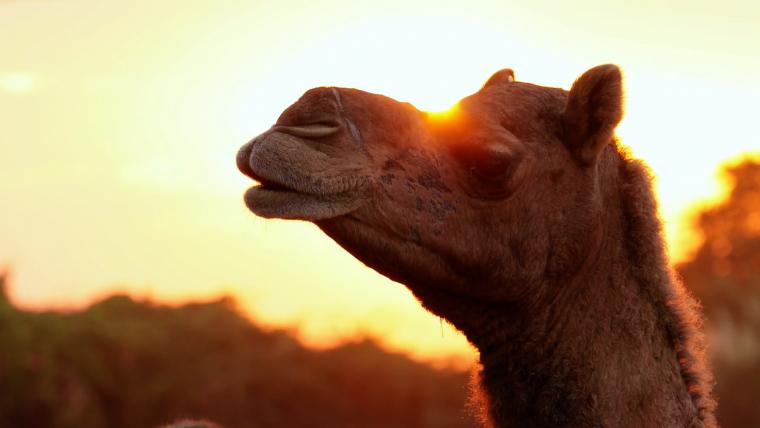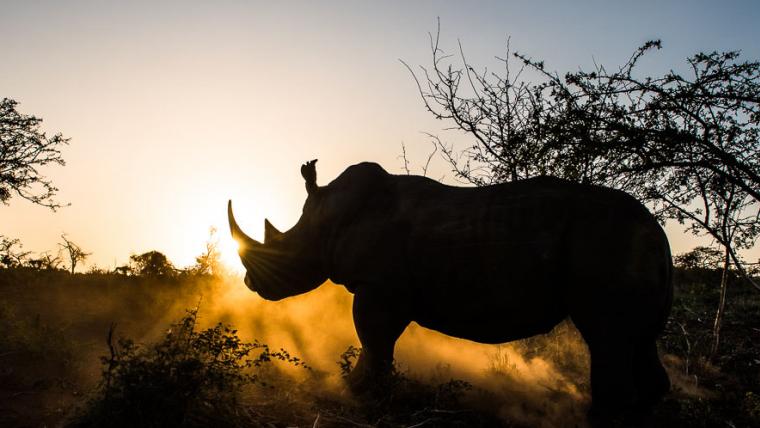
How to protect the last wild camels of the Gobi Desert
Camels have earned their status as ships of the desert. In the blistering heat, they carry everything from people to cargo. These mammals have successfully adapted to a harsh climate where food and water is scarce and clouds of sand are ubiquitous. But human activities are altering their habitat, and camels now have to withstand more than just the heat. The world's last herds of wild Bactrian camels roam the Gobi Desert, and they’re fighting to survive.
Approximately 1 000 wild camels remain in this region across China and Mongolia. Here, they use their thick lips to feed on thorny plants. Their humps store food and water as fat which is later converted to energy when provisions are low. The majority of their fat accumulates in one area, preventing it from insulating their entire body and allowing them to stay cool under the searing sun. While a camel’s humps are their most notable characteristic, their three eyelids and two sets of eyelashes are impressive features too, and shield their eyes from dust and sand.
Despite these mammals’ adaptations to the desert, camels are struggling to adjust to an increasingly threatened environment. Mining activities in the Gobi Desert have fragmented their habitat, while water sources are becoming increasingly scarce. Camels are an umbrella species of the desert ecosystem, and The Wild Camel Protection Foundation is safeguarding the double-humped mammal from extinction. The project has established the Lop Nur Wild Camel National Nature Reserve in China, and implemented local management of camels in Mongolia. They have initiated the world’s only captive wild breeding programme for camels in order to increase their population numbers. Through dedicated conservation efforts, we can ensure this critically endangered species has a future.






























Please sign in to leave a comment